Today is Garden Bloggers’ Bloom Day for August. Bloom Day is a monthly garden meme hosted over at May Dreams Garden, allowing gardeners from around the world to share what is blooming in their gardens. I’ve noticed on the Lot a handful of the plants that began blooming in July are also blooming this month.
These include:
- Blanket Flower (Gaillardea)
- Purple Coneflower (Echinacea purpurea)
- Dwarf Coneflower (Echinacea purpurea ‘Buttefly Kisses’)
- Black-eyed Susan (Rudbeckia)
- Multiple Coreopsis (Coreopsis verticillata)
- Tall Garden Phlox (Phlox paniculata)
- Dwarf Sea Holly (Eryngium planum ‘Blue Hobbit’)
- Jupiter’s Beard (Centranthus ruber)
- Rose Champion (Lychnis coronaria)
- Cardinal Flower (Lobelia cardinalis)
Joining the bloomin’ party this month is the butterfly bush (Buddleja davidii) and the great blue lobelia (Lobelia siphilitica). Right now the two are elbowing for space, so I’ll have to space them out more in the Spring.


Also new this month are the pretty, blue blooms of plumbago (Ceratostigma). Last Fall, I thinned clumps of plumbago from the large patch in the backyard bed. Those plants were then transferred to the front, south-facing bed. It seems the plant has successfully established itself. I’m excited to see how the red foliage will look in the south bed this Fall.
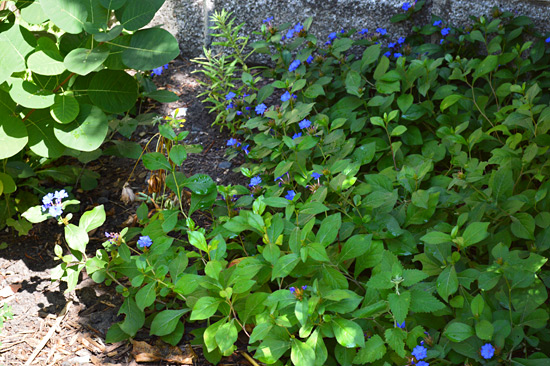
Finally, here is the cup plant (Silphium perfoliatum) I planted on the Lot last season. It was purchased at a native plant sale. I am quite excited about this plant because it is supposed to be a rockstar in providing for insects and birds. It towers over other plants in the lot, standing at about 8′ tall right now. Check it out, yo.
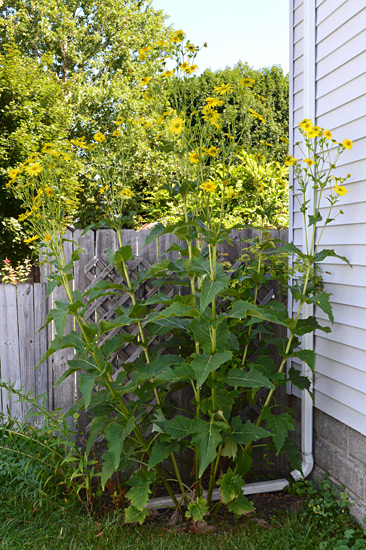
And here are just a couple of the many winged visitors to the plant today. I counted at least 5 different types of bees.


So, the second insect had me stumped. I searched about on The Interwebs today but had no luck. One last try as I was writing this post turned up the name Goldenrod Soldier Beetle (Chauliognathus pennsylvanicus). They feed primarily on nectar and pollen of plants in late summer. Occasionally they’ll treat themselves to an aphid or two. Here is a close-up.

 The daylilies in the back have finished up, but the second flush of the bachelor’s button (Centaurea montana) is beginning to bloom. About midsummer, this plant will bloom, the stalks collapse outward, and new growth will begin from the center.
The daylilies in the back have finished up, but the second flush of the bachelor’s button (Centaurea montana) is beginning to bloom. About midsummer, this plant will bloom, the stalks collapse outward, and new growth will begin from the center.



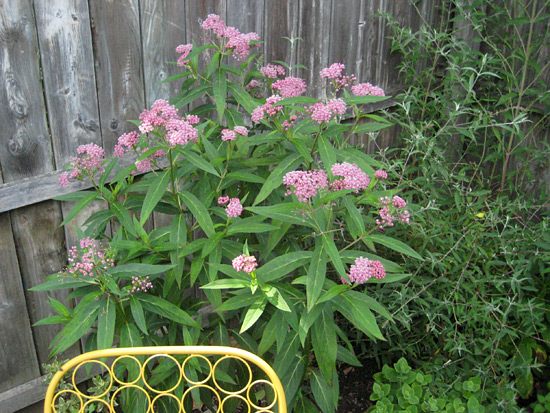










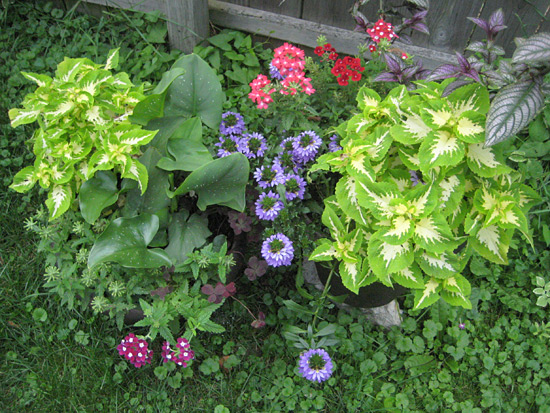
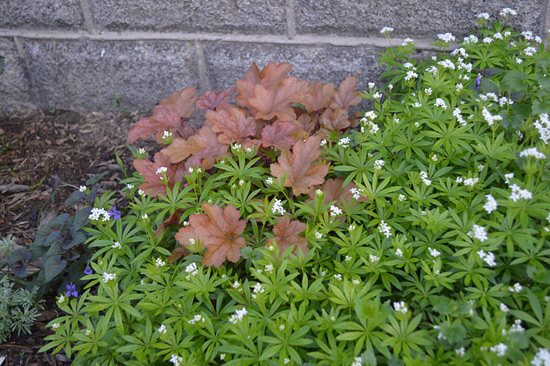

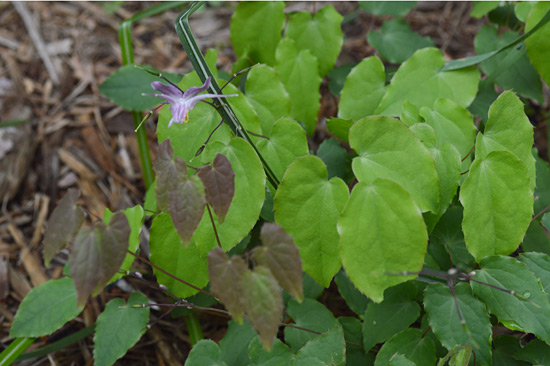
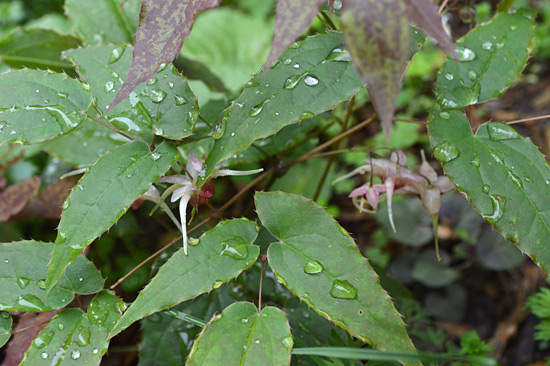











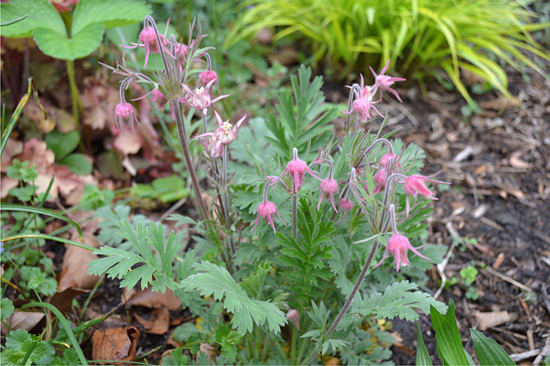 Loki’s bed is looking great with the lenten rose (Hellebores) and solomon’s seal (Polygonatum odoratum Variegatum) blooming.
Loki’s bed is looking great with the lenten rose (Hellebores) and solomon’s seal (Polygonatum odoratum Variegatum) blooming.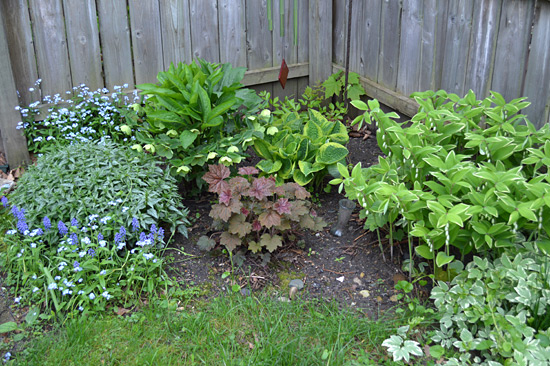
 Another shot of the Eastern side of the house shows the rock foil (Saxifraga) and the dwarf bugleweed (Ajuga x ‘Chocolate Chip’) in bloom.
Another shot of the Eastern side of the house shows the rock foil (Saxifraga) and the dwarf bugleweed (Ajuga x ‘Chocolate Chip’) in bloom.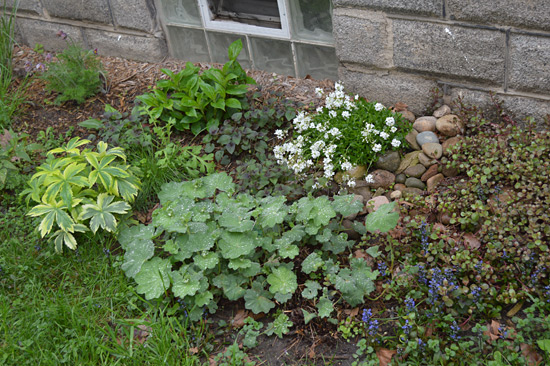
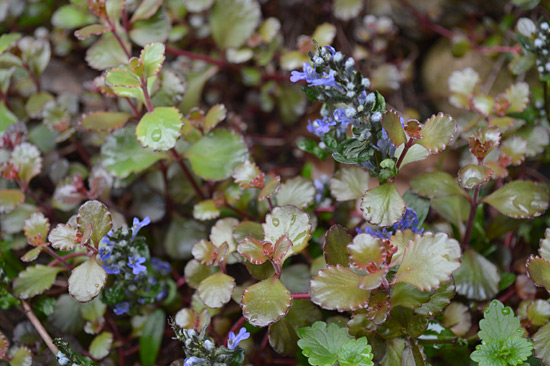 And for the very first season in bloom is our lilac. This shrub was given to us by Miss A after she received it from the
And for the very first season in bloom is our lilac. This shrub was given to us by Miss A after she received it from the 